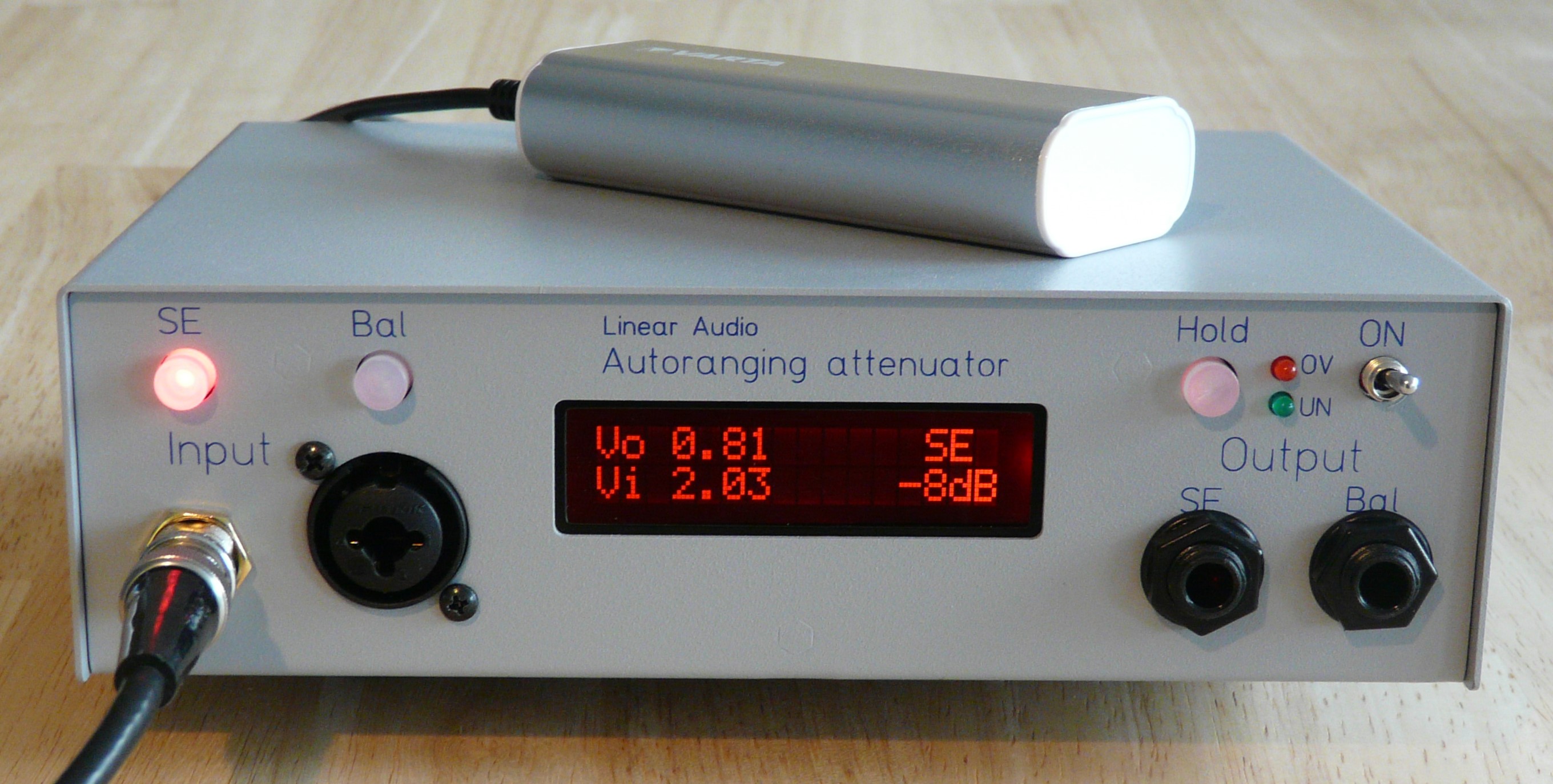
Welcome
Linear Audio articles on USB stick!
 In 2017 I stopped adding new publications to my Linear Audio portfolio, Volume 13 was the last one. Time for new adventures. However, each publication is still available from Amazon. Individual articles are available as downloadable article PDF .
In 2017 I stopped adding new publications to my Linear Audio portfolio, Volume 13 was the last one. Time for new adventures. However, each publication is still available from Amazon. Individual articles are available as downloadable article PDF .
I have now also made available a USB stick with all Linear Audio Volumes content plus additional bonus content of articles and presentations! Available from two sources, Elektor International in Europe and diyaudio.com in the USA. Here are some quotes from reviews:
“If you love audio electronics [..], you will not be sorry you got this collection of top-notch material” - Bob Cordell
“… I will always insist that anyone interested or professionally involved in audio technology should own this collection” - Dimitri Danyuk
“The articles in Linear Audio are of such uniformly excellent quality that singling out highlights is difficult” – Gary Galo
(source: AudioXpress October 2021).
My Autoranger project

I have been working on a design for an Autoranger for sound cards. There's a separate write-up for this project. The initial batch of autorangers is gone, but I have a improved model with more user options available.
The Autoranger needed a very low noise supply, which turned out to be very interesting for a variety of signal-level analog and mixed-signal designs. I called it the SilentSwitcher. Check with me for availability; and you can also get it at the diyaudio store.
Linear Audio Books
I also have a regular book section with books of interest to audio professionals as well as professionals. These are also available from Amazon.
Audio Power Amlifiers - towards inherently linear amplifiers. Written by Dr. Arto Kolinummi of Finland, this book documents his adventure which was very successfull - an amplifier that challenges the linearity open loop of the best low distortion high feedback amps on the planet. Not that he has anything against feedback - you can still wrap it around his amps and get performance that is literally out of this world, but it is not necessary.
Baxandall & Self on Audio Power. Baxandall and Self on Audio Power is the first Linear Audio issue that reprints classical papers. At 120 pages, the book is divided in three parts: Part I is a reprint of Peter Baxandall’s Wireless World article series on audio power amplifier design from 1978/1979. Discusses everything concerned with feedback and stability. Part II is Douglas Self’s WW series on power amp design from 1993/1994, concentrating on the various distortion mechanisms and how to minimize them, resulting in the Blameless Amplifier concept. Part III is a 35 page personal letter, never published before, from Peter Baxandall to Douglas Self commenting and expanding on Douglas’ articles. A must read!
In the Spotlight: T-reg High Voltage Regulator
I ususally work at several projects at the same time. Advantage is that if one gets blocked due to missing parts or just because you're stumped with a problem, you can put it aside and work on another one. Often, a day or so on something else will give you an insight to get you going again. Disadvantage is that you can get bogged down doing all sorts of things without making any progress, so you need to watch it!
During Fall 2019 I worked on a new revision of my high-voltage regulator, aimed at tube amplifier projects. That must be the 4th iteration, but now I think I have it as I want it. One problem with the previous versions was to make it short-circuit proof. With a short, the maximum current is flowing and the full input voltage is across the pass device. Example: at 500V input, 470V output and 250mA operating current, with the current limit set at 300mA, the dissipation in the pass device is 0.25 * (500-470) = 7.5W. Not too great an issue. But short the output and you get 300mA * 500V = 150W and that IS a problem. Of course you can set it up such that it switches itself off at 300mA, but that takes away any accomodation for a short burst at maximum current.
My solution now is a current limit that allows the maximum current for up to a second. That 150W mentioned above can be handled for up to a second with a MOSFET with a good Safe Operating Area (SOA), so high-current bursts will pass unnoticed. But with a real short, it switches off and no harm is done. Read all about it here.
Ian Hegglun, one of the authors who wrote many articles for Linear Audio, has embarked on an ambitious project. With his PAK project he is building up a complete electronics curriculum with a wide range of subjects from basic transistor theory to analysis of complete amplifier circuits. Medium to advanced level, and it would be perfectly suited for colleges and universities. Check it out and see if you can interest your professor!
From the vault
This time I want to highlight a delightful article from audio legend James Moir. It was published in 1978 (!) in the July issue of Wireless World.
James was comissioned by QUAD to find out what's all this with audible diffferences between tube and solid state amplifiers. I won't spoil the plot, but I can list many more articles from respected authors making the same point. This should have important implications to out audio amplifier designs, but, since audio has now entered the state of being a fashion industry, it will not happen. Still, it is nice to at least have the insight.
Valves versus transistors The results of a comparison among three different amplifiers - by James Moir, F.I.E.E. ; James Moir and Associates